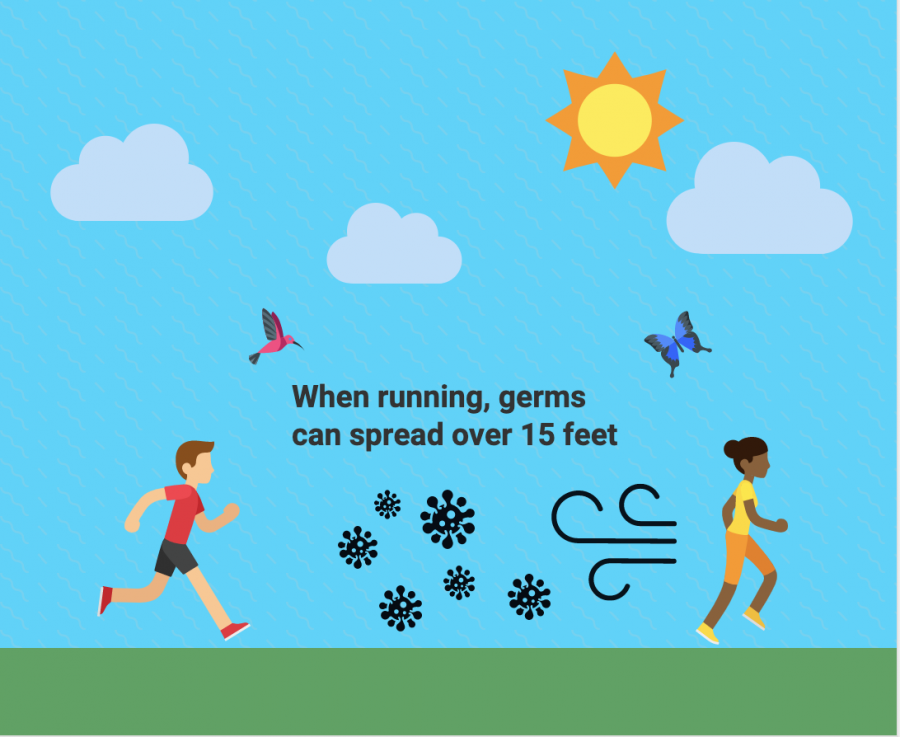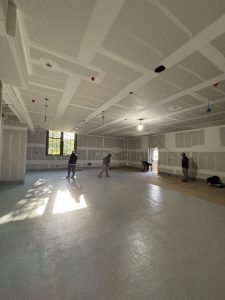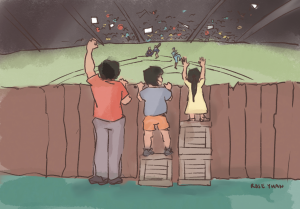European study suggests different social distancing rules for runners
This graphic illustrates the distance germs and bacteria (like COVID-19) can spread when one runs.
May 2, 2020
While it is understood that six feet apart is the optimal distance two individuals must be from each other in order to adhere to proper social distancing protocols, a recent study has brought into question whether this same rule applies for runners.
With lots of extra time being spent at home during quarantine, many people have been using this as an opportunity to improve their health and get in shape. In doing this, people have been forcing themselves to get out of their house, and some have taken to running on local trails and in parks. However, due to a lack of knowledge, many runners have not been taking what scientists find to be the safest approach.
A group of Belgian scientists recently conducted a study through which they discovered that one’s saliva droplets travel much farther when running compared to walking.
One scientist stated, “It is often assumed that most of the respiratory droplets fall down and reach the floor and/or evaporate before having traveled a distance of 1.5 m, which is what has inspired the COVID-19 social distance of 1.5 m. However, micro-droplets have very little inertia and when two people are walking or running in each other’s vicinity, even at 1.5 m distance, due to the airflow patterns and people movements, these micro-droplets could be transferred from person A to person B due to the airflow patterns generated by the persons’ movement”.
Through a series of simulations, the study demonstrates that even if you are farther than six feet behind a runner, or close to directly behind a runner, you can be exposed to their germs. There is a wind tunnel that forms behind a runner where droplets of saliva continue to move, which increases the range of exposure. It was ultimately determined that these germs can be spread as far as 4.5 meters, or roughly 15 feet. It should also be noted that in these simulations, the runner was only moving at a speed of 4.4 km/h, or just under 3 miles per hour. Meaning that if a runner or cyclist is moving at a faster speed, the germs can be spread even further than the calculated 15 feet.
Given the current social distancing policies, some runners believe that they do not need to wear a mask because they are in another person’s vicinity for such a brief period of time.
This sentiment was echoed by Masters P.E. teacher and Aquatics director Susan Greally, who said, “The whole reason behind wearing a mask is to prevent other people from catching the virus not prevent you from getting it. It’s all about socially distancing and being aware”.
However, the aforementioned study would suggest that the definition of social distancing needs to be updated by increasing the range at which people should interact. Thus, it is essential that either the Government or an organization like WHO or the CDC communicate this new information to runners in order to keep everyone as safe as possible.
















